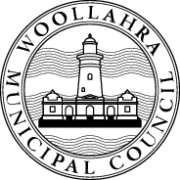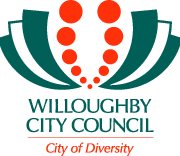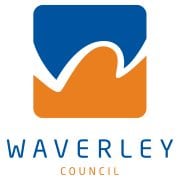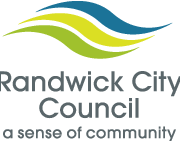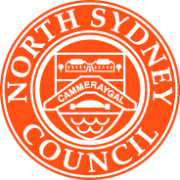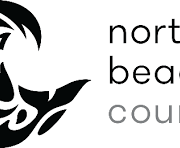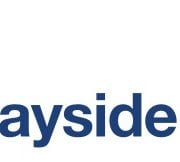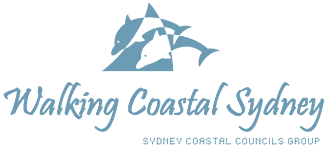The Woollahra council
The Woollahra Local Government area occupies 12 km2 of spectacular harbour foreshore and the majority of Sydney’s eastern suburbs, just 10 minutes from Sydney’s central business district.
Approximately 58,883 residents live within the municipality. Residential areas feature a diverse range of architecture, from heritage properties to contemporary development. The population is well serviced by unique and popular commercial centers. The urbanisation of the area has led to the removal of a significant amount of original vegetation. Woollahra Council’s Bush regeneration programs and a partnership with community volunteers help with the regeneration of natural bush land areas.
Woollahra’s landscape is predominately characterised by sandstone slopes and gullies and the relatively wide sandy flats of Rose Bay. The area is also defined by its proximity to Sydney Harbour and ocean cliffs, as well as by its parks and reserves and privately and publicly owned open space. The majority of the municipality drains directly into the Sydney Harbour catchment. Catchment management, water quality monitoring, gross pollution traps, creek stabilisation and storm water management are top priorities for the Council.
